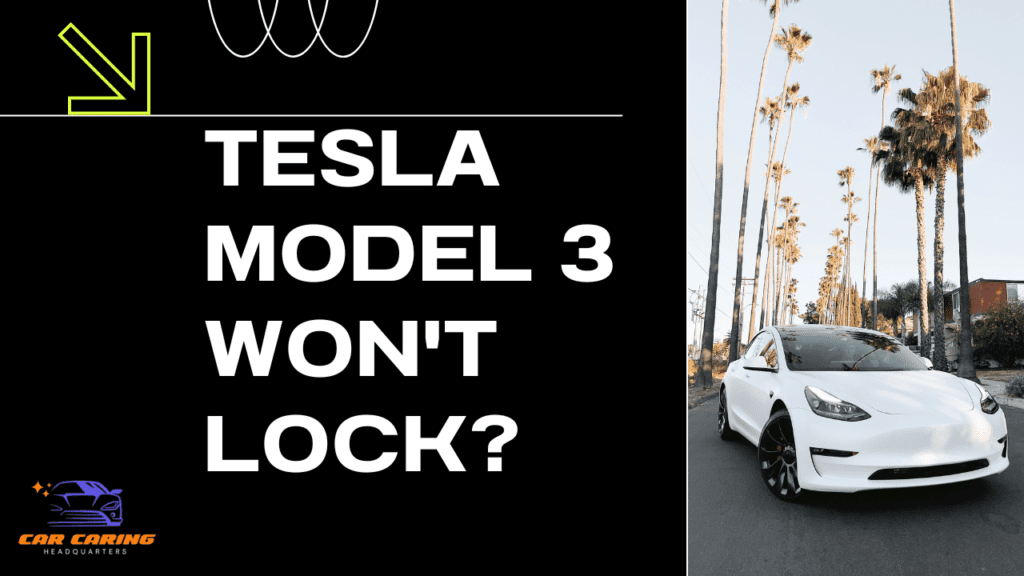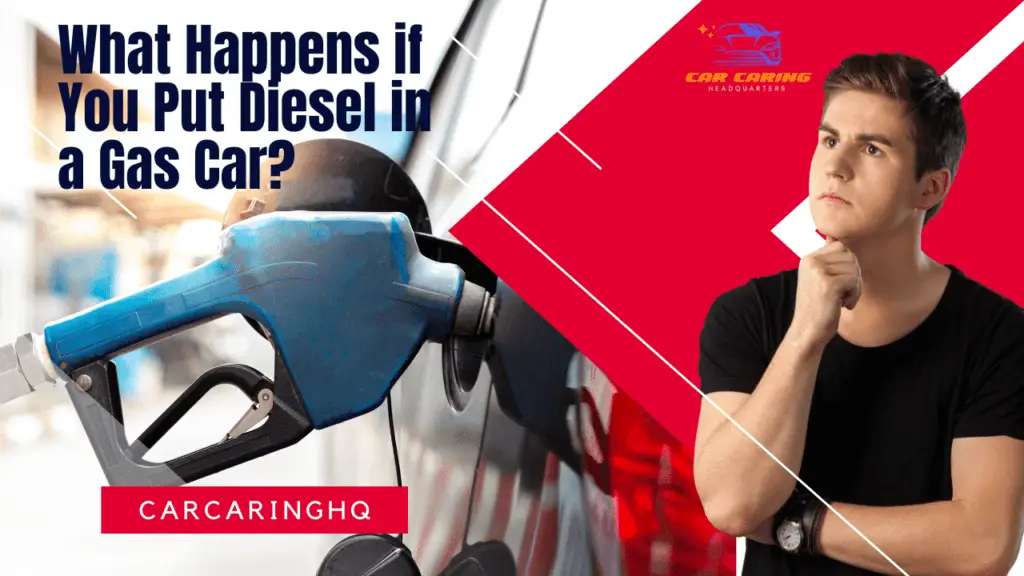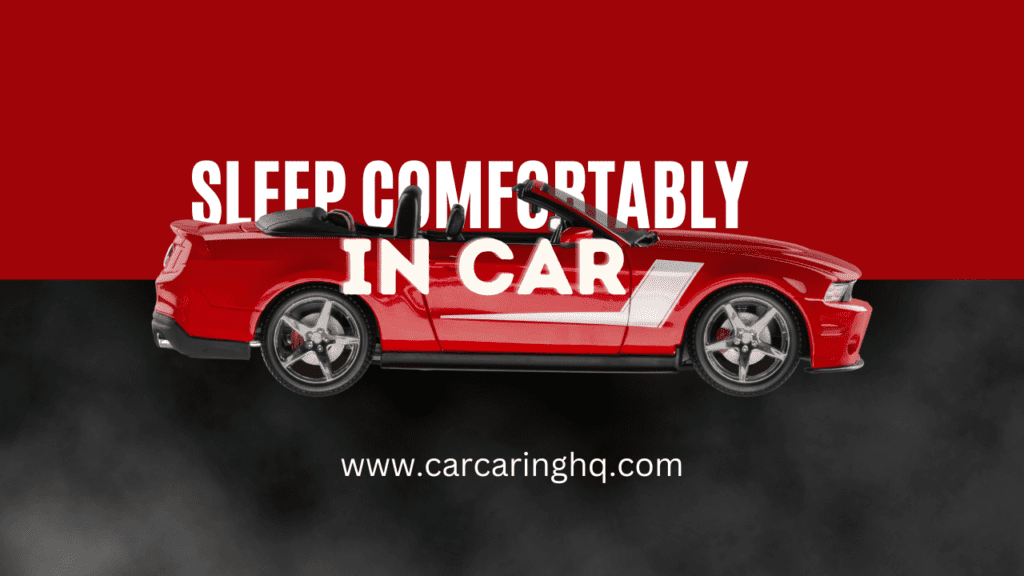One of the most frequent challenges car owners face is damage. This can happen in various forms, such as chips and scratches, often resulting from road debris or minor accidents. so car repair is a must. Over time, exposure to the elements, like sun, rain, and snow, can also lead to fading or oxidation of the paint, diminishing the car’s aesthetic appeal and potentially leading to rust. Rust is another common issue, particularly in vehicles exposed to humid conditions or those that regularly come into contact with road salt. Rust not only affects the car’s appearance but can also weaken its structural integrity if left untreated. Dents and dings are also commonplace, often caused by everyday mishaps like parking lot incidents or hail damage. While sometimes purely cosmetic, significant dents can affect the vehicle’s aerodynamics and even its resale value.
Table of Contents
Dents and Dings
Causes and Types of Dents
Dents and dings on a car can occur in numerous ways, making them among the most common body issues for vehicles. Causes range from minor accidents, such as fender benders, to everyday occurrences like hail storms, wayward shopping carts, or doors from other cars hitting yours in parking lots. These impacts result in various types of dents, including:
- Round Dents: Often caused by small objects like hailstones or sports balls.
- Crease Dents: Result from impacts that drag along the body of the car, like when a bike handle brushes against it.
- Sharp Dents: Caused by more concentrated impacts with sharp objects.
- Large Dents: Usually a result of significant impacts, like those from collisions.
Repair Methods
Paintless Dent Removal (PDR): PDR is a modern, efficient method for removing small to medium dents where the paint surface is intact. It involves accessing the back of the dent and gently massaging the metal back into its original shape using specialized tools. PDR is less invasive, preserves the original paint, and is often quicker and more cost-effective than traditional methods.
Traditional Repair: Traditional dent repair is necessary when there’s paint damage or the dent is too severe for PDR. This process may involve filling the dent, sanding the area, and then repainting, which can sometimes require repainting the entire panel to ensure a color match. Traditional methods are generally more time-consuming and expensive compared to PDR but are necessary for more extensive damage.
Costs and Considerations
Cost Factors: The cost of dent repair can vary widely depending on the dent’s size, depth, location, and whether the paint is damaged. PDR typically ranges from as low as $50 for small dents to several hundred dollars for larger ones. Traditional repairs can be more costly, sometimes running into the thousands if extensive repainting is required.
Considerations: Before choosing a repair method, consider the extent of the damage, your vehicle’s value, and whether preserving the original paint is a priority. For leased vehicles, even small dents and dings should be repaired to avoid penalties at the end of the lease term. Always consult with a reputable body shop. They can provide advice on the best repair method and an estimate of the costs involved.
In conclusion, while dents and dings are a common annoyance for car owners, modern repair methods like PDR have made fixing them more accessible and affordable. Understanding the nature of the dent and the available repair options can help you make an informed decision that best suits your vehicle’s needs and your budget.
Rust
Causes and Identification
Rust, a common issue for vehicles, is the result of metal exposure to oxygen and moisture, leading to oxidation. Various factors contribute to rust formation:
- Environmental Exposure: Living in areas with high humidity, frequent rain, or salt exposure (either from the ocean or road salt in winter) accelerates rusting.
- Paint Damage: Scratches, dents, or chips in the paint can expose the metal underneath, leading to rust.
- Poor Maintenance: Neglecting to regularly wash and wax the car can leave it vulnerable to rust.
Identifying rust early is key. It often starts as small bubbles or chips in the paint, particularly in areas like wheel wells, undercarriages, and lower edges of doors. Over time, these spots can grow and eat away at the metal, causing significant damage.
Prevention Tips
- Regular Washing: Frequently wash your vehicle, especially after exposure to salt.
- Waxing: Regular waxing provides a protective layer against moisture and environmental elements.
- Prompt Repair of Paint Damage: Addressing chips, scratches, and dents quickly can prevent rust from forming.
- Undercarriage Cleaning: Don’t forget the undercarriage, especially after driving on salted roads.
- Use of Rust-Proofing Products: Consider applying rust-proofing sprays or coatings for additional protection.
Repair Methods
Sanding and Repainting: For surface rust, sanding the affected area down to bare metal, then priming and repainting, can effectively restore the area. This method is suitable for small to moderate rust issues.
Panel Replacement: In cases of extensive rust, particularly when it affects the structural integrity of the vehicle, replacing the entire panel may be necessary. This is a more extensive and expensive repair but can be crucial for safety and vehicle integrity.
Costs and Considerations
Cost Factors: The cost of rust repair varies widely. Surface rust treatment can be relatively inexpensive, but costs increase with the severity of the damage. Panel replacement is the most expensive option, as it requires parts and labor for installation and painting.
Considerations: Early detection is crucial; smaller rust spots are easier and cheaper to fix. For classic or high-value cars, investing in professional rust repair is important to maintain value. DIY rust repair is possible for minor issues, but professional assistance is recommended for larger or structurally significant rust damage.
In summary, rust is a significant issue for vehicles but can be managed with proper care and maintenance. Regular washing, waxing, and timely repairs are key to preventing rust. When rust does occur, understanding the extent of the damage and choosing the appropriate repair method is essential. Early intervention and professional advice can save costs and extend the life of your vehicle.
Paint and Finish Issues
Common Issues
Paint and finish issues are a normal part of vehicle aging and exposure but can significantly impact its appearance and value. Common problems include:
- Dust and Debris Accumulation: Continuous exposure to dust and airborne contaminants can dull the car’s finish and, if not cleaned properly, can cause micro-abrasions in the paint.
- Scratches: These can range from superficial, affecting only the clear coat, to deep scratches that reach the paint or primer. Causes vary from brushing against bushes to improper washing techniques.
- Peeling: Over time, exposure to the elements can cause the paint to lose adhesion, leading to peeling or flaking. Poor initial paint jobs can also lead to premature peeling.
Repair Methods
Detailing: Professional detailing involves thorough cleaning, polishing, and sometimes clay bar treatment to remove contaminants from the paint surface. This process can rejuvenate the paint’s appearance and remove or reduce the visibility of light scratches and swirl marks.
Scratch Repair: Superficial scratches often can be treated with scratch repair kits or polishing compounds. Deeper scratches might require sanding, application of touch-up paint, and clear coat, followed by polishing to blend the repair with the surrounding area.
Repainting: Repainting is recommended for extensive damage, such as large areas of peeling or deep scratches. This process can range from spot repairs to a full vehicle repaint, depending on the extent of the damage.
Costs and Considerations:
Cost Factors: Costs vary significantly based on the repair’s extent and method. Detailing can be relatively affordable, while full repainting can be quite expensive. Scratch repair costs depend on the scratch depth and length. DIY kits are cheaper but may not offer professional results. Full repainting, especially for high-quality results or specialty paints, can be a substantial investment.
Considerations: Evaluate the severity of the paint issue to determine the appropriate repair method. Minor blemishes might only need simple detailing, while deeper damage may require more intensive repairs. The vehicle’s age and value are also important. For older or less valuable cars, expensive repaint jobs might not be cost-effective. Always consult with professional auto body shops for accurate assessments and quality repairs, especially for significant paint issues.
Choosing a Repair Professional
DIY vs. Professional Repairs
Deciding between DIY and professional repairs is an important consideration when it comes to vehicle maintenance. DIY can be cost-effective for minor issues like small dents or light scratches, especially if you have the necessary tools and knowledge. However, DIY repairs can be time-consuming and may not always yield professional results, particularly for more complex issues like deep scratches, significant dents, or paintwork.
Professional repairs, on the other hand, ensure that your vehicle is handled by experienced technicians with the right tools and materials. Professionals can more accurately assess the damage and determine the best course of action, ensuring high-quality, durable repairs. For complex issues, warranty concerns, or simply for peace of mind, professional repairs are often the best choice.
Qualities to Look for in a Body Shop
When choosing a body shop, there are several key qualities to consider:
- Experience and Reputation: Look for a shop with a strong track record and positive customer reviews. Experienced technicians are more likely to provide high-quality, reliable repairs.
- Certifications: Certifications from reputable organizations or manufacturers indicate a level of professionalism and adherence to industry standards.
- Transparent Pricing: A trustworthy shop will provide clear, upfront pricing and detailed explanations of the work required.
- Warranty on Work: A good body shop will stand behind their work with a warranty, offering reassurance about the quality of the repairs.
- Quality of Customer Service: Professionalism in customer service is a good indicator of the overall quality of the shop.
Choosing the right repair professional for your vehicle involves balancing DIY capabilities with the need for professional expertise, especially for more complex repairs. Looking for experienced, certified professionals with a reputation for quality and transparent pricing is crucial. Additionally, getting multiple quotes helps ensure you find the best balance of quality and cost for your vehicle’s repairs.
Maintenance and Prevention
Regular Washing and Protective Measures
One of the key aspects of maintaining your vehicle’s body is regular washing. This simple yet effective practice helps remove dirt, road salt, and other contaminants that can cause damage over time. Here are some tips:
- Use the Right Products: Use car-specific cleaning products that are gentle on automotive paint. Harsh detergents can strip the wax and damage the paint.
- Wax Regularly: Waxing not only gives your car a shiny finish but also adds a protective layer against UV rays, dirt, and moisture.
- Protective Coatings: Consider additional protective coatings like ceramic coatings or paint protection films for enhanced defense against scratches and environmental damage.
- Shade Parking: Whenever possible, park in shaded areas or use a car cover to protect against sun damage.
Inspecting Your Car’s Body
Regular inspections of your car’s body can help catch issues early, before they become major problems. Here’s what to look for:
- Check for Scratches and Dents: Regularly walk around your vehicle to check for any new scratches, dents, or other damages.
- Look for Signs of Rust: Pay special attention to areas prone to rust, such as wheel wells and undercarriages.
- Inspect the Paint: Look for any signs of peeling, cracking, or fading paint, which can indicate the need for maintenance or repair.
Importance of Proactive Maintenance:
Proactive maintenance is crucial in extending the life and appearance of your vehicle. Here’s why it matters:
- Cost Savings: Catching and addressing issues early can prevent more costly repairs down the line.
- Preserving Value: A well-maintained vehicle retains its value better over time, which is important for resale or trade-in.
- Safety and Integrity: Regular maintenance ensures that your vehicle is not just aesthetically pleasing but also safe and structurally sound.
In essence, maintaining and preventing body damage on your vehicle is an ongoing process that requires regular attention. Consistent washing and waxing, routine inspections, and proactive maintenance practices are key to keeping your vehicle in top shape. By taking these steps, you can protect your investment, maintain your vehicle’s aesthetic appeal, and ensure it remains safe and reliable on the road.






